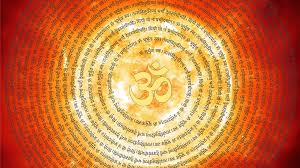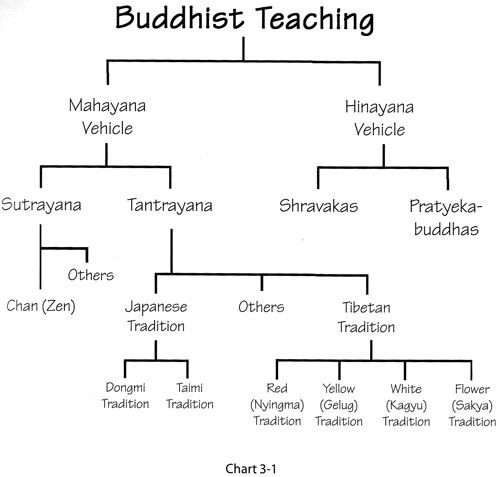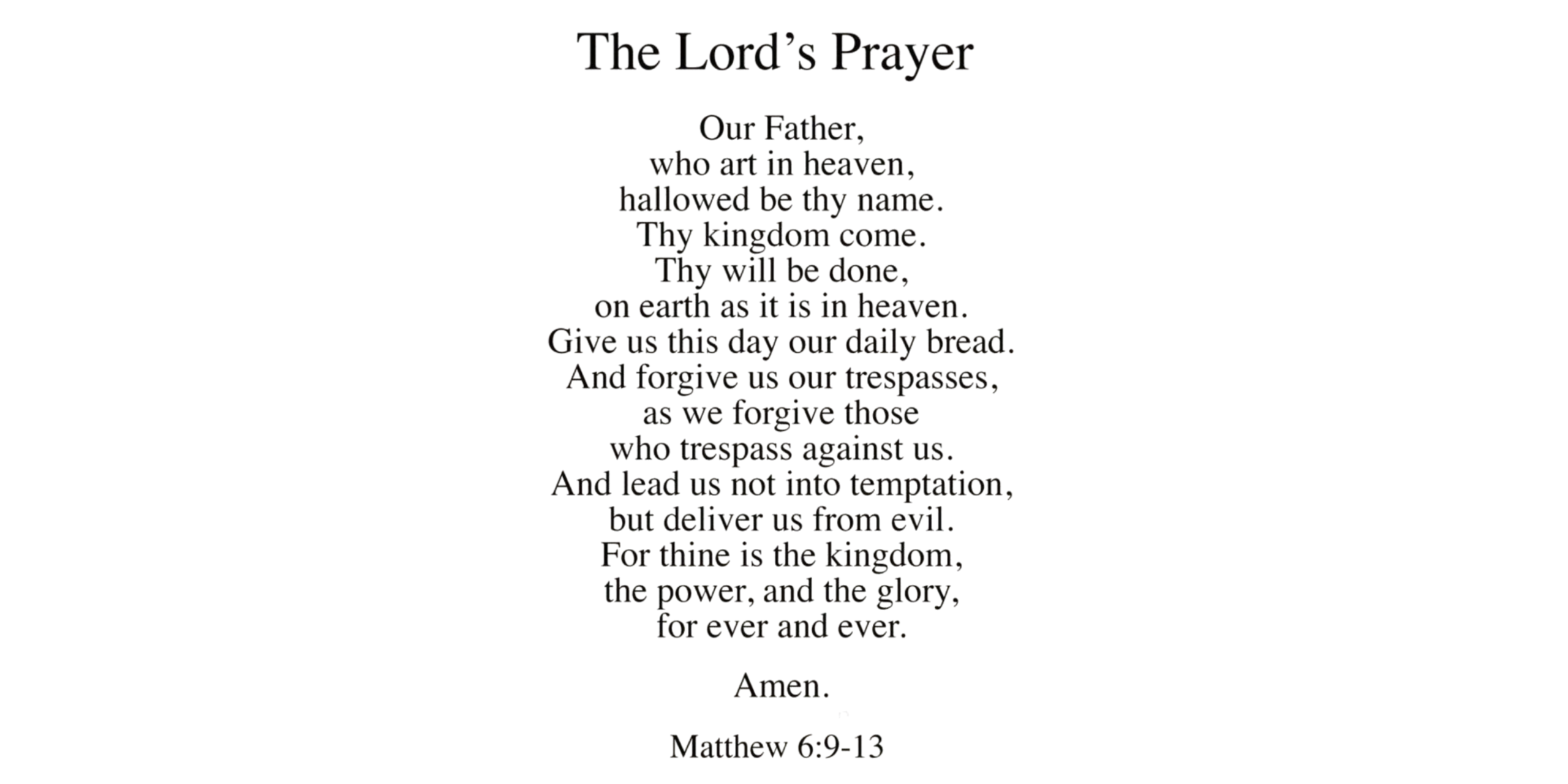Om Mani Padme Hum – it’s a phrase you might have seen on a Tibetan prayer flag or heard in a yoga class. This ancient mantra has a special place in spiritual traditions, yet it’s also finding its way into modern wellness practices. In this post, we’ll explore what Om Mani Padme Hum means, why people consider it powerful for the mind and heart, and how you can start using it in your own meditation or daily routine. The tone here is friendly and conversational, so imagine we’re chatting over tea about this fascinating mantra.
What Does Om Mani Padme Hum Mean?
Om Mani Padme Hum may seem like a string of foreign words – and it is foreign (from Sanskrit and Tibetan) – but each part carries meaning. Often translated as “Praise to the Jewel in the Lotus,” this six-syllable mantra comes from Tibetan Buddhism. Let’s break it down in simple terms:
- Om – A sacred sound often used at the start of mantras. It doesn’t have a direct translation but is said to symbolize the universal sound or essence of pure reality.
- Mani – Means “jewel.” In this context, think of a jewel as something precious and pure.
- Padme – Means “lotus.” The lotus flower in Eastern traditions stands for purity and spiritual growth (blooming clean from the mud).
- Hum (or Hung) – A sound that represents the spirit of enlightenment, the unity of all things, or an expression of the heart. It’s like a period at the end of the mantra, sealing its energy.
So, Om Mani Padme Hum loosely conveys an idea of bringing forth the jewel (compassion, enlightenment) from the mud of our ordinary life (the lotus). It’s associated with Avalokiteshvara, the Buddhist figure of infinite compassion. In fact, Tibetans believe this mantra invokes compassion; it’s as if saying it connects you with compassion’s pure essence.
Fun fact: The word “mantra” itself means “instrument of the mind” in Sanskrit. A mantra is a tool to focus your mind. So when you repeat Om Mani Padme Hum, you’re essentially using this phrase as a mental instrument to tune your thoughts toward positivity and peace.
Origins and Cultural Significance
Om Mani Padme Hum has its roots in Tibetan Buddhism (though its language is Sanskrit). It first appeared in ancient Buddhist texts over a thousand years ago. For centuries, it has been the go-to mantra for cultivating compassion. If you ever travel to Tibet, Nepal, or Bhutan, you’ll notice this mantra everywhere. It’s carved onto stones along trails, printed on prayer flags fluttering in the mountain wind, and rolled up inside prayer wheels that locals spin as they walk by. Each time the wind blows a prayer flag or a wheel turns, it’s believed the mantra’s blessings spread into the world.
Imagine trekking up a Himalayan path: you come across a large rock face with the vibrant Tibetan script of Om Mani Padme Hum painted on it. The sight of those bright syllables on gray stone is striking. Even if you don’t read Tibetan, you get a sense that this mantra is like a constant gentle prayer for compassion in the landscape. It’s a reminder that compassion and wisdom are valued as treasures (the “jewel”) in the difficulties of life (the “lotus”).
Over time, this mantra’s use has spread beyond Buddhism. It’s chanted by monks and laypeople alike for spiritual growth, but also by everyday folks (regardless of religion) as a wellness practice – a way to calm the mind and center the heart. In many mindfulness or yoga circles, people chant it to cultivate a feeling of peace and loving-kindness.
Why Do People Chant This Mantra? (Spiritual Benefits)
People often say Om Mani Padme Hum is powerful – but what kind of power are we talking about? Not a loud, explosive power, but a subtle, transformative one. Think of it as a gentle tool that can reshape your mindset over time. Here are some of the spiritual benefits and meanings attributed to this mantra:
- Cultivating Compassion: This mantra is essentially a prayer or invocation for compassion. By chanting it, tradition says you are inviting compassion to awaken within you. Avalokiteshvara (the bodhisattva of compassion) is said to respond to the sound of this mantra. Even on a personal level, repeating the words can remind you to be kind and patient, towards yourself and others.
- Purifying the Mind and Heart: In Tibetan teachings, each of the six syllables is believed to purify a particular kind of negativity or develop a particular virtue. For example, Om helps dissolve pride, Ma helps calm jealousy, Ni helps reduce passion or desire, Pad helps overcome ignorance, Me helps release greed, and Hum transforms anger into wisdom. That’s a lot to take in, but the gist is that chanting the full mantra is said to cleanse you of negative influences (like anger or greed) and cultivate positive qualities (like patience and generosity).
One Tibetan master explained that “The mantra Om Mani Pädme Hum is easy to say yet quite powerful, because it contains the essence of the entire teaching.” In other words, this single mantra is like a summary of the path to compassion and enlightenment.
- Finding Focus and Peace: On a very down-to-earth level, chanting a mantra gives your mind a focal point. If you sit and recite Om Mani Padme Hum for a few minutes, you’ll likely notice your racing thoughts start to slow down. The rhythmic repetition can be very soothing. Many people say that after chanting, they feel mentally clearer and emotionally lighter. In spiritual terms, this clarity is sometimes described as getting closer to your “true nature,” but you might just experience it as a nice calm feeling.
- Connecting with Something Greater: There’s also an aspect of faith or surrender in chanting. When you intone this mantra, you might sense a connection to centuries of spiritual seekers who chanted the same syllables. Some describe feeling supported or protected, as if the sound creates a positive vibration around them. Traditionally, it’s believed to protect against negative influences and even attract good fortune. While that may sound mystical, even a beginner might feel an uplifting, comforting energy when chanting, almost like a musical prayer that brings emotional relief.
It’s perfectly okay if some of these spiritual explanations sound abstract. You don’t have to believe any particular legend or doctrine to benefit. The key point is: Om Mani Padme Hum is meant to open your heart and quiet your mind. Whether you view it as calling on a deity of compassion or simply repeating a wise affirmation, the effect can be similarly calming and centering.
(A quick note on pronunciation: In case you’re wondering, it’s pronounced roughly “ohm mah-nee pahd-may hum.” Don’t worry about exact Tibetan or Sanskrit pronunciation – the intention matters more than getting it perfect!)
Mind-Body Benefits (What Does Science Say?)
Beyond spiritual tradition, there’s growing interest in what science and psychology say about practices like mantra chanting. You might be surprised to know that researchers have been studying the effects of repetitive chants (like “Om”) on the brain and body – and the findings are encouraging.
- Stress Reduction: If you’ve ever hummed a tune to calm yourself, you know sound can influence mood. Studies on mantra meditation have found that it can significantly reduce stress levels. In fact, the vast majority of studies on mantra repetition report notable stress relief for practitioners. By focusing on a soothing phrase like Om Mani Padme Hum, you engage the relaxation response in your nervous system, which can counteract stress hormones. One scientific study observed that even just 5 minutes of chanting “Om” led to increased activity of the parasympathetic nervous system (that’s the “rest and digest” side of your body, which calms you down), promoting relaxation and a sense of calm. That’s pretty amazing – in just a few minutes, a simple chant can start to shift your physiology toward peace.
- Anxiety and Mood: Mantra practice may also help with anxiety and overall mood. Some research with specific groups (like college students or patients facing illness) showed that those who chanted mantras had lower anxiety and even reduced symptoms of depression compared to control groups. The act of slow, rhythmic chanting likely steadies the breath and heartbeat, sending signals of safety to the brain. Over time, many people report feeling less reactive to stress and more emotionally balanced if they make a habit of chanting or meditating regularly.
- Improved Concentration: Ever find your mind wandering in a million directions? (We’ve all been there!) Chanting can be like a mental focus exercise. Research has indicated that mantra recitation can improve concentration and even memory in the short term. It makes sense – you’re training your attention to come back to one point (the mantra) over and over. This strengthens your “attention muscle,” which can carry over into daily tasks. If you chant Om Mani Padme Hum in the morning, you might notice you’re a tad more focused during the day’s work or more present with your family.
- Physical Resonance: If you chant out loud, you might literally feel a vibration in your chest or throat. Some traditions say the vibration of “Om” is healing in itself, resonating through the body. From a practical view, the vibration can slow your breathing and stimulate the vagus nerve (an important nerve that, when activated, helps you feel relaxed). Slow, mindful breathing that often accompanies chanting is known to lower blood pressure and improve heart rate variability (a marker of good stress resilience). So there’s a gentle physiological workout happening: you’re calming the mind and conditioning the relaxation response in the body.
In summary, modern science is starting to validate what ancient practitioners believed – chanting mantras can be good for you. It’s not a cure-all, of course, but as a tool for managing stress, enhancing well-being, and possibly deepening your self-awareness, it has a lot going for it. And best of all, it’s simple and free to do anywhere.
How to Start Chanting Om Mani Padme Hum
One of the beautiful things about this mantra is that anyone can try it. You don’t need to be Buddhist or know any special rituals. If you’re a beginner curious to experience Om Mani Padme Hum for yourself, here are some gentle pointers to get you started:
To begin chanting Om Mani Padme Hum, find a quiet space and sit comfortably. Take a few deep breaths to center yourself, then start repeating the mantra aloud, softly, or silently. Pronounce each syllable clearly: Om (Ohm), Mani (Mah-nee), Padme (Pahd-may), Hum (Hoom). Let the rhythm flow naturally, either matching your breath or at a steady pace. If your mind wanders, gently guide it back to the sound. For structure, you can use a mala (a string of 108 beads) to count repetitions or simply chant for a few minutes.
When you’re done, sit quietly and observe the stillness. You can also weave the mantra into daily life, repeating it mentally for calm or playing recordings as a soothing backdrop. No special rituals are required – just start with an open heart.
Remember, there’s no one “right” way to practice. Some beginners worry, “Am I doing it correctly?” – but trust that if you approach it with a sincere heart and an open mind, you’re doing it right. The goal isn’t to instantly reach enlightenment or have a mystical experience; it’s simply to give yourself a few minutes of mindful, heart-centered time. The benefits – clarity, peace, empathy – tend to gently build with regular practice.
Conclusion
Diving into Om Mani Padme Hum is like stepping into a gentle stream of tradition that has flowed for ages, yet it’s completely accessible here and now. This mantra has been called “the jewel of mantras” for good reason: it condenses deep spiritual ideals into a simple practice you can do anywhere. By chanting these six syllables, you’re cultivating compassion, washing away stress, and tuning inward in a world that often pulls us outward.
As you begin experimenting with this mantra, approach it in a light-hearted, curious way. You might treat it as an experiment in self-care: How do I feel after chanting for a week? You could journal any small changes you notice – perhaps you react a bit less angrily in a tough situation, or you find it easier to return to a calm state after a challenge. These are signs that the seed of the mantra is taking root.
Above all, Om Mani Padme Hum reminds us that within the “mud” of our everyday struggles, there is a lotus of peace and compassion waiting to bloom. By spending time with this mantra, you’re watering that lotus. So don’t be shy – give it a try, play with it, and make it your own. As an old Tibetan saying goes (and as the Dalai Lama himself often emphasizes), all the qualities of enlightenment are already within you – sometimes you just need a little reminder, a little mantra, to let them shine.
Happy chanting, and may the jewel in your lotus bloom bright!







